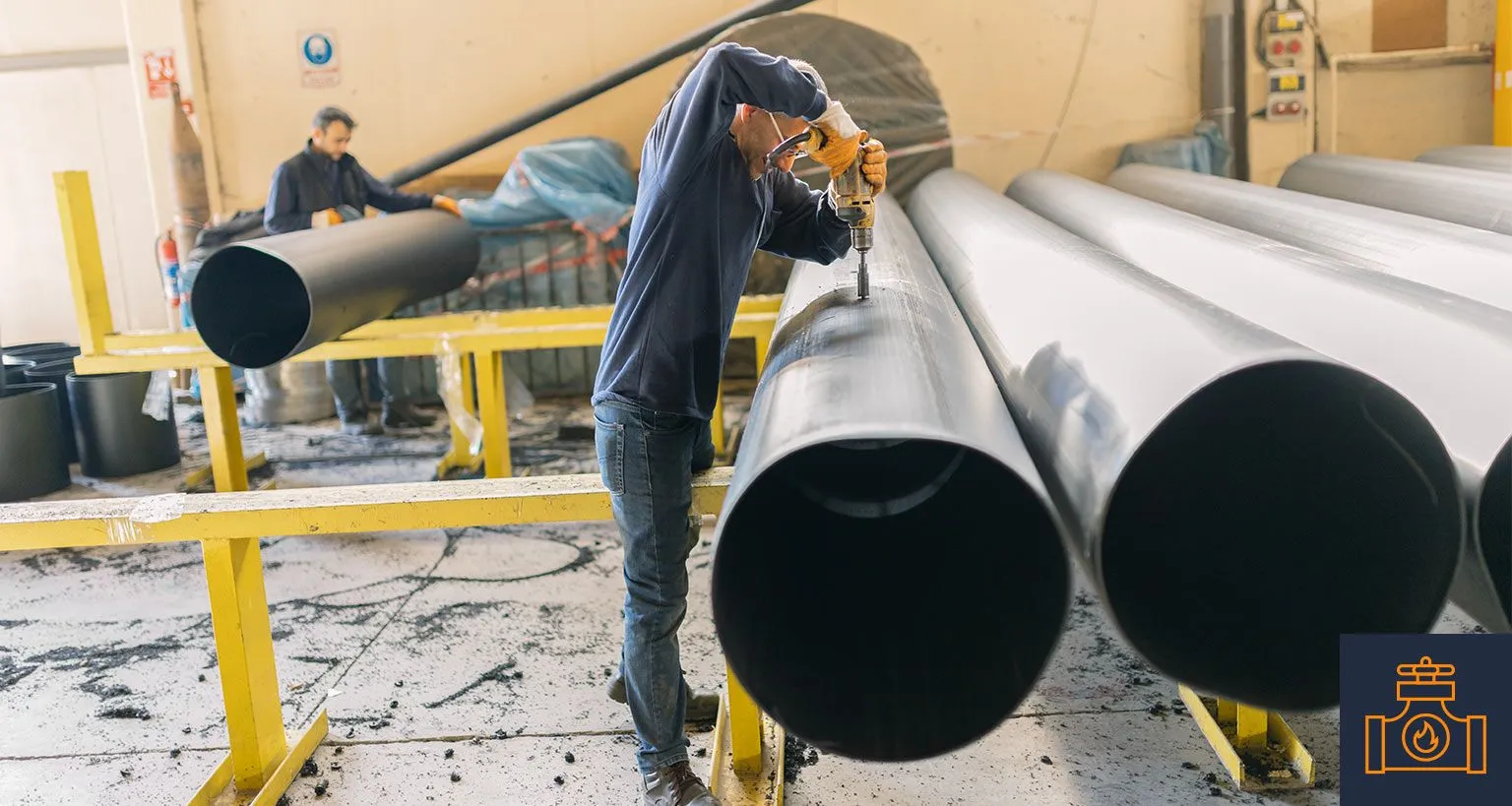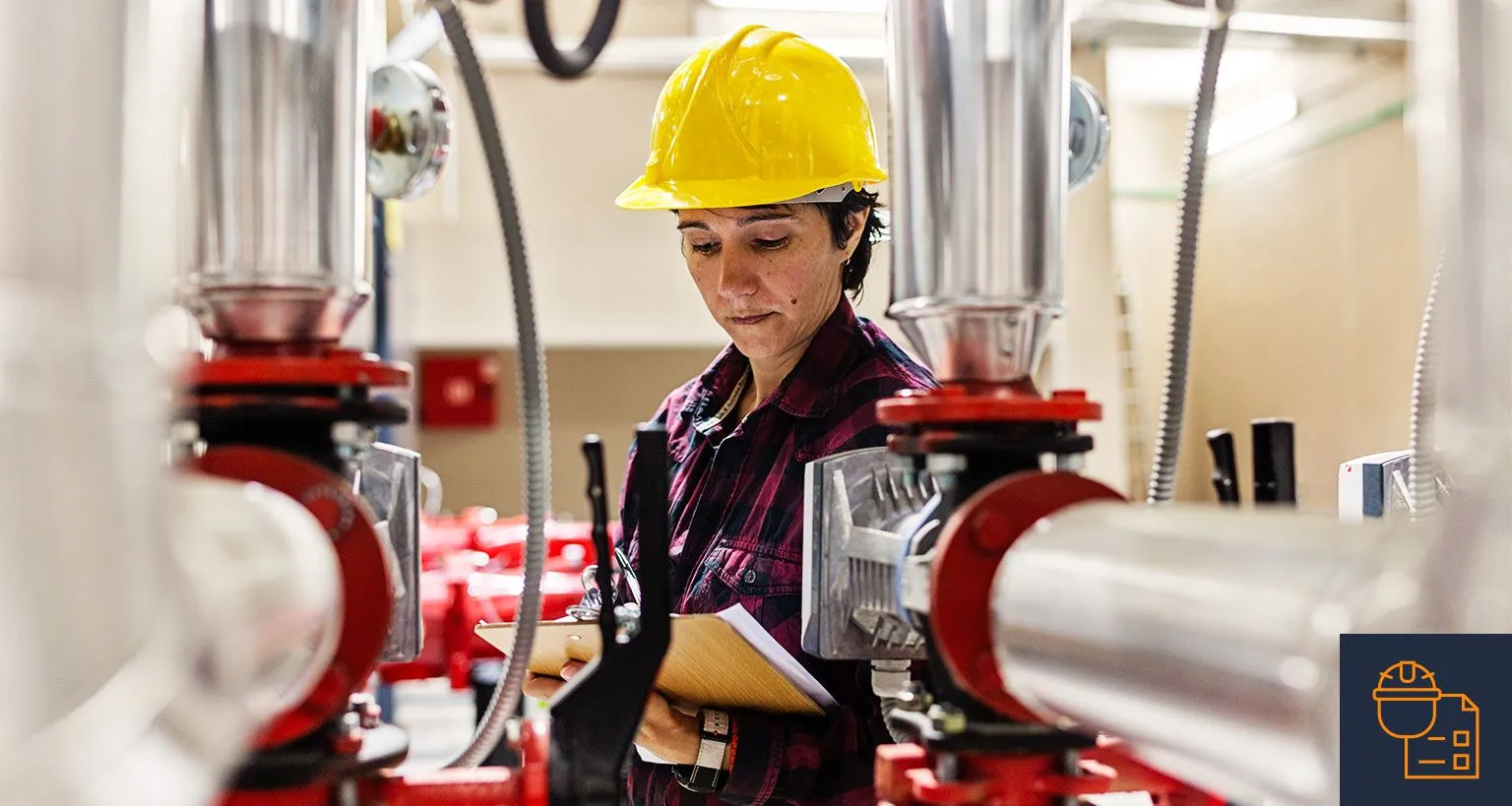Mankind first learned to work with iron some 6,000 years ago, though it wouldn’t be until a few thousand years later that the ultra-common element was applied in its most important role: the production of steel. Steel is used in mechanical and electrical applications, heavy construction equipment, kitchen appliances and tools. With so much variety, it can be confusing to decide the type to use.
Steel is an iron alloy, meaning it’s primarily composed of iron and combined with one or more alloying metals to produce new materials with unique properties. There are four main classifications, but there are also multiple subgroups that serve different purposes. Its properties change depending on the elements iron is combined with as well as the methods used to heat and cool the metal.
Below, we explain the different kinds of steel and the purpose each type serves.
What Are the Different Types Of Steel?
Steel is classified by its composition: iron is fused with carbon and any number of other elements to achieve a specific end. The four main types are:
- Carbon steel
- Stainless steel
- Alloy steel
- Tool steel
1. Carbon Steel
While all steel contains carbon, carbon steel is unique for the notable absence of other elements in its makeup. Though it only contains 2% carbon or less by weight, its elemental nature makes carbon steel a strong, durable material that is ideal for numerous uses.
Carbon steel is sometimes confused with cast iron, but the two have a distinct difference in their elemental makeup. Carbon steel must contain less than 2% carbon, whereas cast iron contains 2% to 3.5% carbon. This additional carbon is what gives cast iron its rough texture and more brittle nature.
Even though carbon steel is composed of alloyed metals, it doesn’t have an alloy classification because of the lack of other alloying elements like cobalt, nickel, tungsten or titanium in its composition.
Key takeaway: Carbon steel accounts for about 90% of all steel production. Its extreme durability and simplicity are two driving factors for its popularity.
Types Of Carbon Steel
Below the 2% carbon threshold, carbon steel can be grouped into three categories: low, medium, and high carbon. Each type retains the inherent strength of carbon, but its useful purpose will change as the carbon content increases.
- Low carbon: A carbon content of .30% and under is considered low-carbon steel. This is the most common and the least expensive type of steel. Thanks to its elasticity under strain, manufacturers use low-carbon steel for wires, bolts and pipes.
- Medium carbon: A carbon content between 0.31% and 0.60% gives this variety a higher strength and lower ductility, meaning it’s less moldable under pressure. You can often find medium carbon steel in gears and railroad tracks.
- High carbon: The toughest variety contains more than 0.61% carbon and is often used to produce extremely tough building materials and tools, like brick nails and sharp cutting tools like trencher blades. They do not contain more than 2% carbon.
Carbon steel’s relative adaptability and low cost make it an ideal choice for a variety of construction projects, both large and small-scale.
2. Stainless Steel
This type is commonly known for its role in manufacturing medical equipment and appliances, but its range of use is far greater than just the gas range in your kitchen. Chromium is the alloy that sets stainless steel apart, lending the material its distinctive luster.
Chromium is more than a purely cosmetic addition; however, the element is oxidation-resistant and increases the metal’s longevity by preventing it from rusting. Typically, stainless steel has a chromium content between 10.5% and 30%.
Higher chromium content directly translates to a higher gloss when polished and has greater corrosion resistance. High chromium stainless steels often get confused for chrome. However, stainless steel is different from chrome because it features chromium, nickel and other metals within the alloy. Chrome is carbon steel (or another metal) to which a manufacturer adds a chromium outer layer.
Another distinctive difference is that chrome has a mirror-like appearance, while high-chromium stainless steel applications are still shiny but less reflective. This is due to the addition of other elements.
Key takeaway: When used in the construction industry, stainless steel variants are prized for their corrosion resistance and strength. They’re well-suited for a variety of building applications, as well as storage functions for hazardous construction materials.
Types Of Stainless Steel
It’s common to see stainless steel in kitchen appliances, medical tools and automotive applications, but stainless steel is highly valued for other uses. Stainless steel is grouped into four subcategories that each serve a different purpose.
- Martensitic alloys: Toughness is a hallmark of martensitic alloys, but they’re prone to corrosion. Manufacturers form these alloys with a rapid-cooling process that makes them ideal for medical instruments, cutlery and pliers.
- Ferritic alloys: These are less-expensive steels with low amounts of carbon and nickel. Automotive manufacturers use ferritic alloys because of their chromium-induced strength and sheen.
- Austenitic alloys: Austenitic alloys have higher chromium and nickel contents, which improves their resistance to corrosion and causes them to be non-magnetic. They’re present in commercial kitchen appliances since they’re durable and easy to clean.
- Duplex alloys: A combination of austenitic and ferritic alloys results in a duplex alloy that inherits the properties of both while doubling strength. They’re also ductile and corrosion-resistant due to their fairly high chromium content. Duplex alloys are common among instruments and pipework used in gas, oil and chemical industries.
3. Alloy Steel
Alloy steel is iron fused with one of several other elements, each contributing its unique attributes to the final product. All steels are indeed alloys, but carbon and chromium are specific alloys with names attributed to the type of metal they form.
Alloy steel as a grouping includes a diverse range of alloys with an equally diverse range of properties. Shipping containers use a complex alloy that combines multiple elements to produce a durable and lasting product. Silicon isn’t often thought of as a component of steel, but its magnetic properties make it a perfect component of most large machinery. Aluminum is versatile and used in revolutionary building materials that are both lightweight and extremely durable.
Some of the elements that combine with iron and carbon to produce alloys are also found in tool steels — cobalt, tungsten and molybdenum, for example, are ultra-hard metals that are desired for their impact resistance and cutting abilities.
Key takeaway: Their downright versatility makes alloys a common occurrence in many construction projects. Copper and aluminum alloy varieties are particularly popular for their low weight and heat-working properties.
Types Of Alloy Steel
The varied potential of alloy steel allows for intense customization for specific applications. However, because the secondary elements involved are not as common as carbon or chromium, certain alloys command a steep price.
Some of the most common alloys include:
- Aluminum: Lightweight, heat-resistant steel that’s ductile and easy to work with and is often used in hot exhaust systems and power generators.
- Copper: Corrosion-resistant steel that conducts heat very efficiently, making it a great choice for electrical wiring and industrial heat exchangers.
- Manganese: Impact-resistant steel that’s extremely tough. You can find it in bulletproof cabinets, anti-drill plates and high-strength safes.
- Molybdenum: Weldable, corrosion-resistant steel that performs well under high pressure, making it suitable for underwater construction or oil and gas pipelines.
- Silicon: Soft-natured steel that’s malleable and highly magnetic. Silicon creates strong permanent magnets power plants need for their electrical transformers.
- Vanadium: High-impact steel that’s shock-absorbent and vibration-resistant. Automotive parts like shocks and springs often require vanadium.
4. Tool Steel
Tool steels are exactly what they claim to be — they are a type of high-carbon steel specifically designed for use in the manufacturing of tools, such as drills, saw blades and tool bits. Tool steel alloys — along with other metals such as tungsten, chromium and vanadium — improve its strength, hardness and resistance to wear and corrosion.
Tempering, the process of adding high heat, cooling quickly then heating again, creates tool steel that’s extremely hard and heat-resistant. Tool steels are abrasive and can withstand high-impact environments.
Key takeaway: The high carbon content of tool steel makes it much harder than other types of steel, which is key for maintaining a durable, sharp cutting edge with heavy use.
Types of Tool Steel
Different types of tools require different types of tool steel in production. Tool steel is used in a variety of ways to best serve the production requirements of a particular tool. Added elements will determine which particular applications that it’s suited for.
- Air-hardening: The high chromium content in this steel allows it to be exposed to high temperatures without distorting.
- Water-hardening: This steel is water-quenched during use, used to make common tools and is the most affordable tool steel.
- Oil-hardening: This oil-quenched steel is exceptionally wear-resistant from slipping, and is used to produce knives and shears.
- High-speed: High-speed steel is highly abrasive and impact-resistant. It’s found in drill bits and power saws.
- Hot-working: The name gives it away, but this steel can withstand extreme heat and is used in forging and casting.
- Shock-resisting: Small amounts of carbon, silicon and molybdenum harden this steel and suit it for punches and riveting tools.
These types can be further separated by the industry they’re used in, as well as their hardness and toughness.
What Are the Different Grades of Steel?
Two comprehensive grading systems accurately categorize a particular type of steel, even within its subgroups. These systems are standardized across industries so that material integrity is insured.
These are the two grading systems of steel.
- ASTM (American Society for Testing and Materials): Alphanumeric classification that denotes the steel’s overall categorization and specific attributes.
- SAE (Society of Automotive Engineers): Four-digit numerical classification that highlights steel type and carbon content along with the presence of other alloying elements.
You can find steel everywhere, materialized in different forms to suit various needs. It is an essential component of many building materials, home appliances and even tools used to make other tools. By combining the right elements, an exact steel match is available for almost any application.
Steel is a versatile metal that is the building block of much of what we see in today’s modern cities, including transportation networks and telecommunications infrastructure. The usage of steel has a long history and will continue far into the future as new ways to combine elements are discovered.
Rent Steel Handling Equipment
Now that you know about the four types of steel and their various applications, you can make an informed decision about the steel you need for your next construction project.
When you’re working with steel, having the right equipment on your side is essential. Whether you need cranes and forklifts for materials handling or lifts for working on tall structures, BigRentz has the equipment you need. With easy online reservations and on-site delivery, BigRentz is your go-to construction rental resource.
Browse and compare BigRentz construction equipment rentals now.
Additional Sources: ThoughtCo 2 | 3 | 4 | Steel.org | ScienceDirect 2 | 3 | SAE International | ASTM International
















